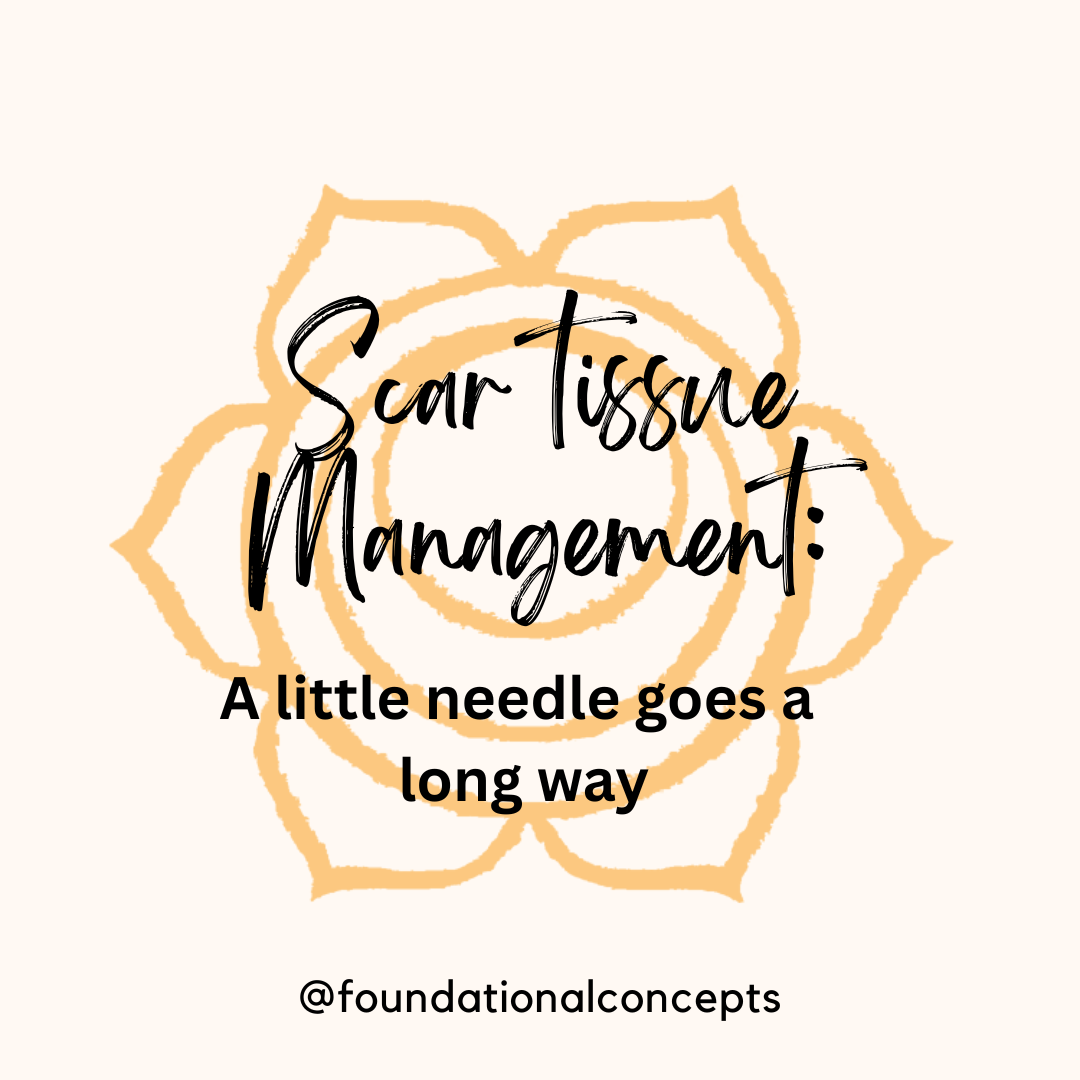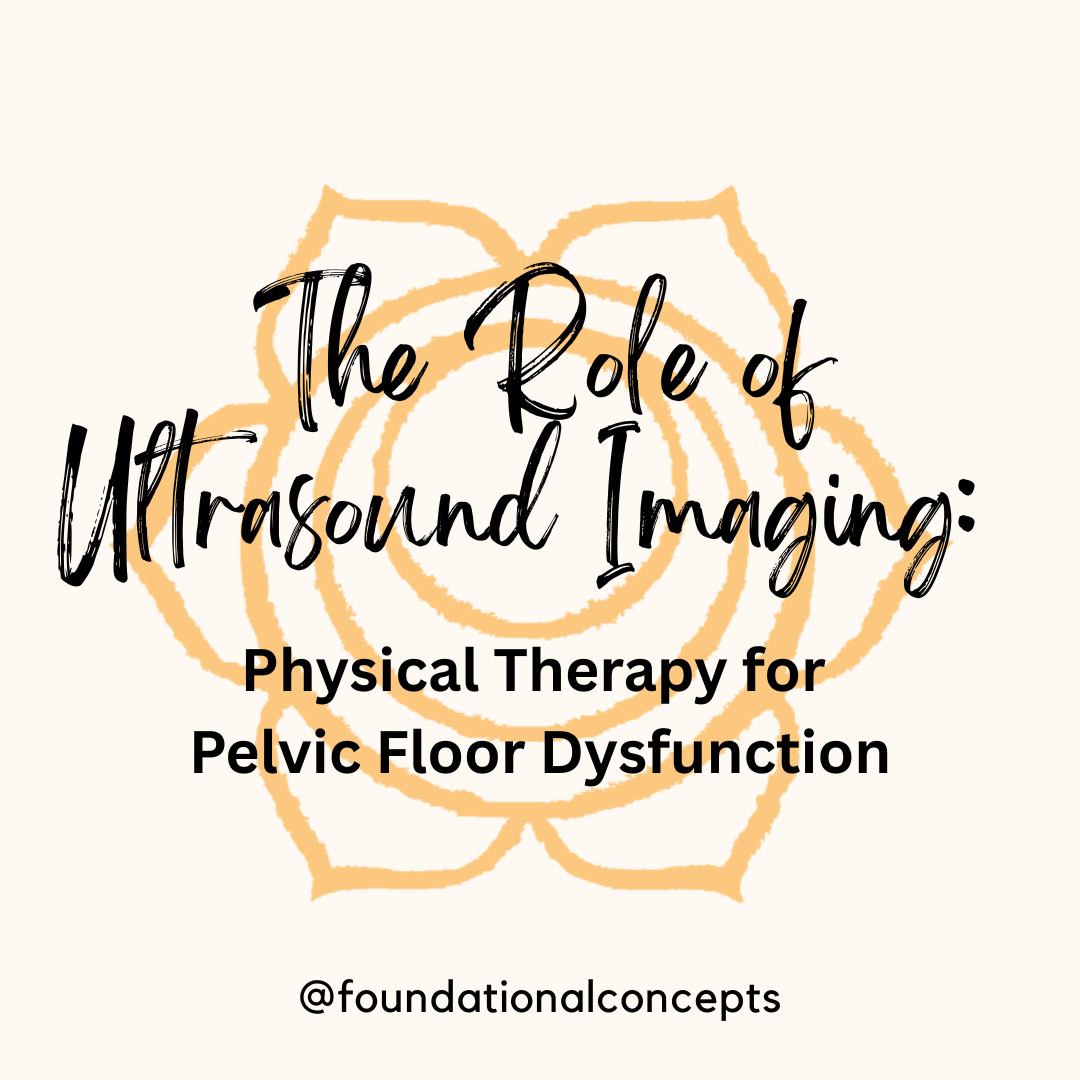
Caring for Scars after Mastectomy: Physical Therapy as a first line treatment.
Undergoing a mastectomy is a significant medical procedure that involves not only the removal of breast tissue but also the disruption of skin, fascia, muscle, and lymphatic pathways. While most people think of recovery in terms of healing incisions and managing pain, scar tissue can be a long-term challenge that affects mobility, comfort, and function.
That’s where physical therapy for scar management becomes essential. Skilled physical therapists use a variety of hands-on and evidence-based techniques — including soft tissue mobilization, dry needling, myofascial release, and joint mobilization — to support the healing process and prevent long-term complications like restricted motion, nerve sensitivity, and fascial adhesions.
Scar formation is a natural part of the healing process. However, after a mastectomy — especially if lymph node removal or radiation therapy is involved — scar tissue can become:
- Thick and immobile, restricting skin and tissue movement
- Adherent to underlying fascia or muscle, limiting range of motion
- Painful or hypersensitive, affecting comfort and clothing tolerance
- Functionally limiting, especially in the shoulder, chest, and axilla (armpit)
Without proper intervention, these effects can persist and worsen over time. Scar tissue doesn’t remodel on its own — it requires targeted, consistent intervention to restore normal tissue mechanics.
Soft tissue mobilization (STM) is a foundational technique in physical therapy that involves skilled, manual manipulation of the skin, fascia, and muscle around the scar. The goals for soft tissue mobilization include:
- Reduce adhesions between layers of tissue
- Improve skin and fascia glide to restore range of motion
- Decrease discomfort by normalizing tissue tension
- Support lymphatic drainage by enhancing tissue flexibility
STM may include:
- Cross-friction massage to disrupt adhesions
- Skin rolling to lift the tissue from underlying layers
- Direct pressure and stretching to lengthen restricted tissues
Therapists begin gentle STM once the incision is fully closed and the skin is intact — typically 4–6 weeks post-op with surgeon approval. Over time, this technique helps remodel the scar to become more mobile, pliable, and functional.
The fascia is a web-like connective tissue that wraps around muscles, organs, and joints. After surgery, disruption to the fascia can lead to tightness, restriction, and dysfunction — even in areas far from the incision itself.
Myofascial release (MFR) is a specialized manual therapy technique used to:
- Release tension in the deeper layers of connective tissue
- Improve posture by freeing fascial lines throughout the torso and shoulder girdle
- Address compensatory patterns caused by guarding or limited use of the surgical side
MFR involves slow, sustained pressure applied by the therapist. Unlike traditional massage, MFR targets specific fascial planes and works with the body’s natural tissue resistance to create change over time.
For example, restrictions in the pectoral fascia can cause a forward-rounded shoulder posture, while adhesions near the axilla can limit overhead movement. Releasing these fascial restrictions improves comfort and restores movement patterns that are important for daily living.
While not as commonly discussed in post-mastectomy recovery, dry needling is an effective technique for improving fascial mobility and scar pliability.
Dry needling involves inserting thin, sterile needles into tight or adhered soft tissue, including myofascial trigger points or scar bands, to stimulate a healing response. The benefits of dry needling for scar management include:
- Increases local blood flow to support tissue remodeling
- Reduces myofascial restrictions that contribute to pain or dysfunction
- Stimulates collagen remodeling in areas of thickened or hypertrophic scarring
- Improves skin and tissue glide when combined with manual therapy
Dry needling is especially useful for deeper scar tissue or when surface mobilization alone isn’t producing desired results. Dry needling should only be performed by a trained physical therapist and only after the scar has fully healed. It should not be performed near a saline implant. It may not be appropriate for everyone, especially if there are concerns about infection, bleeding, or nerve sensitivity.
Scar tissue doesn’t just affect the skin — it can change the way joints move, particularly in the shoulder, clavicle, ribcage, and thoracic spine. Post-surgical protective posture and tissue restrictions often lead to:
- Shoulder impingement
- Thoracic stiffness and kyphosis (hunched posture)
- Decreased scapular mobility
- Rib dysfunction, especially on the surgical side
Joint mobilization is a hands-on technique where therapists apply gentle gliding or oscillatory movements to stiff or restricted joints. These small, controlled motions help:
- Restore accessory joint play
- Improve range of motion and function
- Decrease joint pain caused by immobility
- Promote normal biomechanics during movement
When combined with soft tissue work, joint mobilization ensures that all components of the kinetic chain — muscles, fascia, and joints — are moving in harmony.
A critical part of successful scar management is empowering patients with the tools to continue their recovery independently. Physical therapists teach:
- Home scar massage techniques
- Stretching and mobility exercises
- Postural awareness and ergonomic strategies
- How to identify signs of adhesions, discomfort, or nerve sensitivity
Self-scar mobilization techniques may involve the use of:
- Gentle pressure and stretching
- Silicone cups to soften scar tissue
- Foam rollers or mobility balls for fascial release
Consistency is key — regular self-care can make a significant difference in long-term outcomes and comfort.
Scar management should begin only after the incision is fully closed, free of scabs or drainage, and cleared by your surgeon. However, gentle range of motion, posture exercises, and breathing techniques may be introduced earlier to prevent stiffness.
If you’ve already healed but are dealing with discomfort, tightness, or decreased mobility months or years later — it’s not too late. Scar tissue can be addressed even long after surgery, and many patients see dramatic improvements with the right intervention.
Scar tissue after a mastectomy can impact much more than appearance. It can influence movement, posture, breathing, and overall comfort. Fortunately, physical therapy offers a comprehensive, hands-on approach to optimize scar healing, restore mobility, and reduce pain.
By combining soft tissue mobilization, myofascial release, dry needling, and joint mobilization, physical therapists help patients not only move better but also feel more confident and at home in their bodies again.
If you or someone you know is struggling with scar-related issues after mastectomy, don’t wait — reach out to a physical therapist trained in scar management. Recovery is not just about surviving — it’s about thriving.
Disclaimer: This blog is here for your help. It is the opinion of a Licensed Physical Therapist. If you experience the symptoms addressed you should seek the help of a medical professional who can diagnose and develop a treatment plan that is individualized for you.









